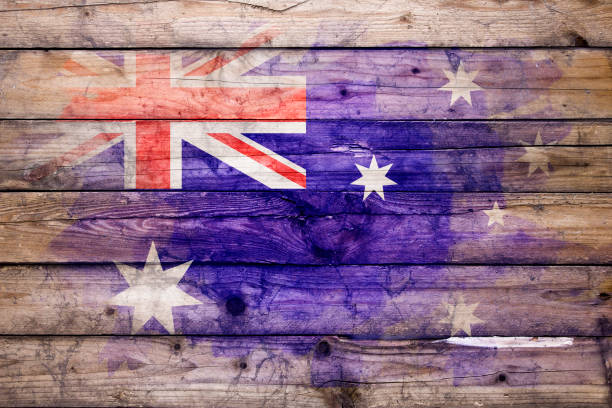
Recently, Instagram revealed a new identity. The response from the broader community suggests many of Instagram’s users have mixed opinions about the change. Regardless of how you feel about the new identity, we’re now living in an age where opinions are shared quickly and negative feedback can become widely publicized in the blink of an eye. Marketers can therefore be forgiven for occasionally thinking it’s best to leave things as they are so as not to risk upsetting users. That said, no organization can remain stagnant—in fact, the very definition of an agile brand is one that can adapt to keep pace while staying true to its core identity and principles. So Instagram’s rebrand was really just a matter of time—it had to evolve to stay competitive.
There is a certain sense of irony around a social media organization being perplexed by consumers’ reactions to changes it makes. From Facebook and LinkedIn to Pinterest and Snapchat, the primary reason for their existence is to encourage social exchanges and varying perspectives. So when it comes to a logo change or a brand’s evolution, it should be expected that some discussion, and even grumbling by engaged users, will follow.
For example, take Airbnb midway through 2014 when it revealed a new direction accompanied by a markedly different look. Consumers were surprised, and many felt the logo didn’t reflect the company they’d come to know and love. Incidentally, this is exactly what has occurred with Instagram. When you scratch below the surface on reactions to the new Instagram identity, however, you start to see another factor at play.
The company was set up in 2010 as a mobile photo sharing service designed for users to share pictures on its app. The company has now evolved as a global community where people share content and connect with one another. Instagram has evolved its offering, and the new identity reflects this. Why, then, are we hearing so much noise about it? At this point it’s worth noting that consumers in their 20s and early 30s have grown up in a world where expressing their views has been made simple due to the multiple social platforms available—and they know how to do this very effectively.
The key factor in play, then, is millennials themselves. Marketers are doing flips and twists to target these consumers, yet understanding what makes them tick is something that is open to wide interpretation. Last year, Landor undertook a global study to get a better grasp of this demographic. The findings are interesting—particularly in light of the reaction to a new identity that has replaced a rather dull and flat image of a Polaroid camera!
Our research showed that millennials inherently expect brands to be accessible; and they want to be listened to. They want brands to stay true to their heritage. They expect brands to be inclusive and—most significant of all—they assume the brands they regularly interact with will be open to new opinions and encourage an appropriate level of co-creation. It’s little wonder, then, that when a brand morphs into something else, consumers don’t hold back in giving their opinion—be it positive or negative.
The dilemma for brand custodians is to ensure that a brand is leading while still being true to its heritage. This is what Landor calls “the agility paradox.” A brand like Instagram has no option but to lead and find new ways to engage and delight its users.
But what if its users don’t like the change and choose to hang onto what the company has been in the past, while widely vocalizing their objections? Users may unconsciously lament the shift in direction and struggle to immediately engage with it, but marketers need to keep an eye on what made the brand great. They must have a clear vision for where the brand can stretch and how it can continue to be relevant to new audiences while also standing apart from its competitors.
Personally, I welcome the new Instagram identity. However, I wonder if the company could have done a better job of taking its core users on the journey with them.
A version of this piece was previously published by Marketing Interactive (16 May 2016).




